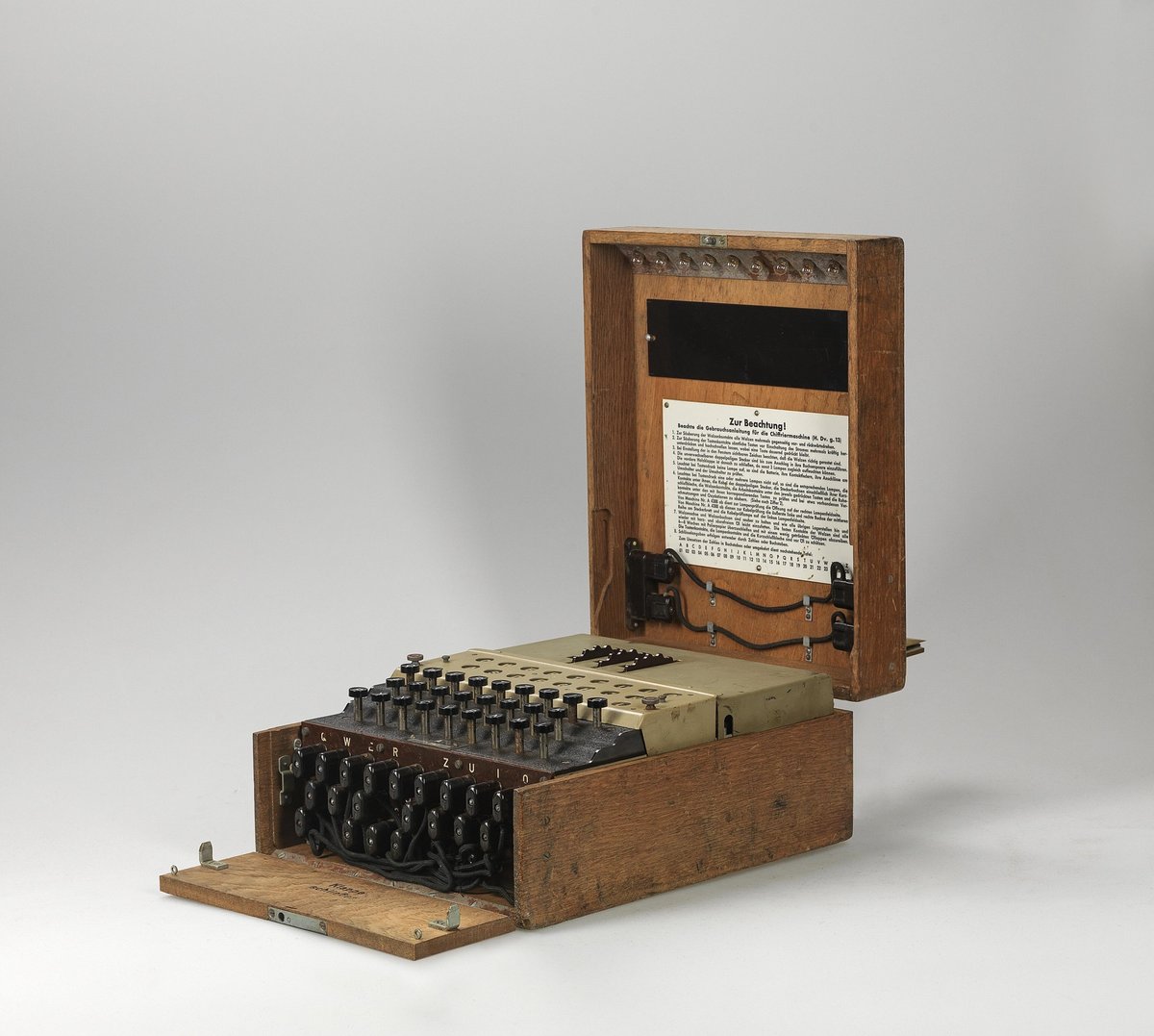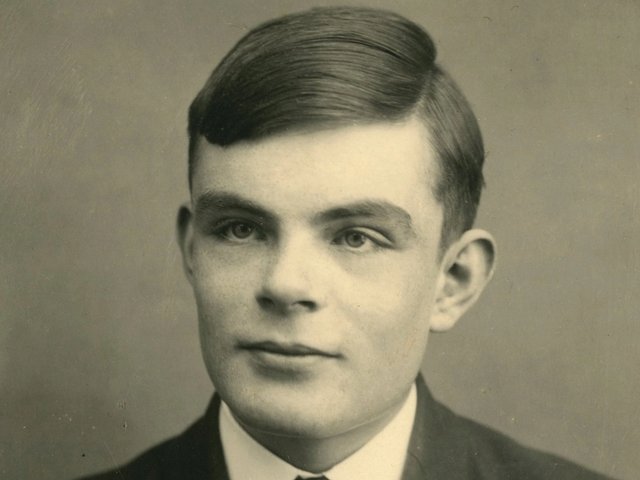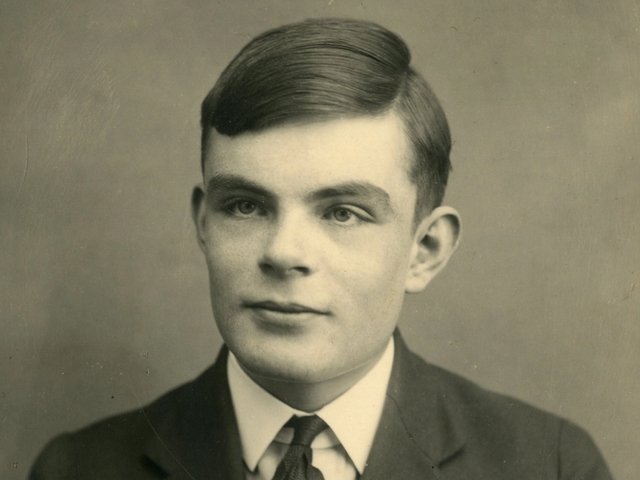An Enigma encryption machine used by the German army in the Second World War, one of few surviving examples according to the Dorotheum, is on offer at the Viennese auction house on 4 June with a high estimate of €30,000-€40,000.
Enigma was invented by the German electrical engineer Arthur Scherbius, who first applied for a patent in 1918. The German military began using it in 1926 and soon after, its production was restricted for use by the armed forces, the diplomatic service, and the national railway service. The Germans believed its code was absolutely unbreakable.
In fact, the Poles had broken Enigma codes as early as 1932 and with the Second World War looming, shared their knowledge with the British in 1939. At Bletchley Park, a stately home north of London, an army of cryptographers including Alan Turing intercepted and deciphered radio messages produced by Enigma and developed their own machine to crack its system. The intelligence they gathered was critical to many Allied war successes, allowing naval forces, for instance, to track German submarines and prevent attacks on merchant ships bringing supplies from the US to Britain. The decoding of Enigma remained a secret until the 1970s; now Bletchley Park is a museum dedicated to the codebreakers.
Resembling typewriters, Enigma machines included a lamp board with a lamp above each letter. When the operator hit the plaintext key, the enciphered letter would light up on the board. A series of rotators allowed more than 100 sextillion possible settings.
The machine to be auctioned in Vienna, an Enigma I, was produced in 1944 and has components made of Bakelite that were fashioned out of aluminium in earlier models, says Simon Weber-Unger, a specialist at the Dorotheum. “That reflects a shortage of materials towards the end of the war,” he says. The consignor was an Austrian private owner whose father had acquired the machine in the 1960s, he says.




